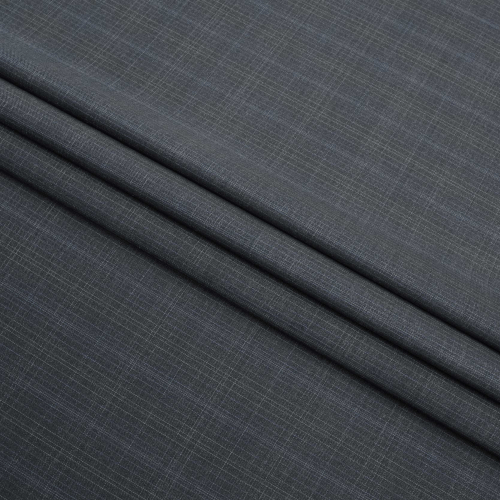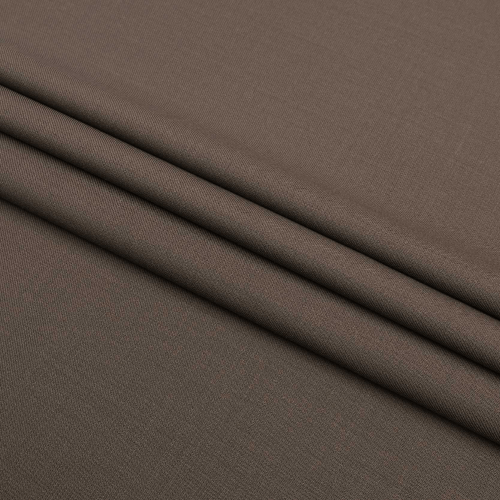Introduction to Linen
Linen is one of the oldest and most beloved textiles in the world, valued for its natural beauty, durability, and breathability. Made from the fibers of the flax plant, linen garments are highly prized in warm climates because of their cool, airy texture and ability to wick moisture away from the skin. They drape beautifully, resist static, and grow softer with each wash, which makes them a favorite for summer wardrobes, casual wear, and even home textiles like sheets and tablecloths. However, linen also requires careful handling. Many people hesitate when they need to Wash Pure Linen because of concerns about shrinkage, wrinkling, or damage. Proper care, however, ensures that linen garments retain their elegance and strength for years.
Understanding Pure Linen Garments
Properties of Linen
Linen is strong, absorbent, and naturally hypoallergenic. It can withstand regular use, but its fibers are less elastic than cotton or synthetics, which makes them prone to creasing. Pure linen has a distinctive crispness when new, which softens over time with proper washing and care.
Why Linen Requires Special Care
Unlike blended fabrics, pure linen reacts strongly to heat, agitation, and harsh detergents. If not treated correctly, garments may shrink or lose their shape. To Wash Pure Linen correctly, it is important to balance effective cleaning with gentle handling.
General Rules Before Washing Pure Linen
Read the Care Label
Every linen garment comes with a care label, which should always guide the cleaning process. While most linen can be washed at home, some items, particularly those with embellishments or structured tailoring, may require professional cleaning.
Separate Colors
Like cotton, linen may bleed color in the first few washes. Separate whites, darks, and colored garments before you Wash Pure Linen to preserve vibrancy.
Pre-Treat Stains
Apply a gentle stain remover or diluted detergent directly to stains before washing. Avoid bleach, as it weakens linen fibers and can cause yellowing.

How to Wash Pure Linen Garments by Hand
Preparing the Wash
Fill a basin or sink with lukewarm water. Add a small amount of mild detergent formulated for delicate fabrics. Avoid using fabric softeners, as they can coat the fibers and reduce linen’s natural absorbency.
Washing Process
Immerse the garment in the water and gently swish it around. Do not scrub or wring the fabric, as this stresses the fibers. Focus on lightly agitating the garment for a few minutes.
Rinsing
Drain the soapy water and refill the basin with clean, lukewarm water. Rinse until the water runs clear and all detergent is removed. Multiple rinses may be necessary, especially for heavier linen fabrics.
Drying After Hand Wash
Gently press out excess water without twisting the fabric. Roll the garment in a clean towel to absorb additional moisture, then lay it flat to dry on a clean surface. Avoid direct sunlight, which may fade colors or weaken fibers.
How to Wash Pure Linen Garments in a Machine
Choosing the Cycle
If machine washing is allowed by the care label, select the gentle or delicate cycle. Use cold or lukewarm water to minimize shrinkage and fiber damage.
Detergent Selection
Choose a mild, liquid detergent without optical brighteners or harsh chemicals. Powder detergents may leave residues on linen fabric.
Load Size
Do not overload the washing machine. Linen requires space for water to circulate freely around the fibers, which helps prevent wrinkles and ensures thorough cleaning.
After Washing
Once the wash cycle is complete, remove the linen garment immediately. Allowing it to sit in the drum increases wrinkling. Shake out the garment to smooth creases before drying.
Drying Pure Linen
Air Drying
The best way to dry linen is to lay it flat on a clean surface or hang it on a padded hanger. Air drying helps maintain the garment’s shape and prevents unnecessary wear from tumble dryers.
Tumble Drying
If tumble drying is permitted, use the lowest heat setting. Remove the garment while it is still slightly damp to prevent over-drying and wrinkling. Finish drying by laying flat or hanging.
Avoiding Sunlight Damage
While linen can be dried outdoors, prolonged exposure to direct sunlight can fade dyes and weaken fibers. Shade drying is preferable for colored linen garments.
Ironing and Steaming Pure Linen
Ironing Tips
Iron linen while it is still slightly damp for best results. Use a medium-hot iron setting and press on the reverse side of the garment to avoid creating shiny patches. For particularly stubborn wrinkles, use a steam iron or place a damp cloth between the iron and the fabric.
Steaming
Steaming is gentler than ironing and works well for refreshing linen garments between wears. It relaxes the fibers without direct contact, reducing the risk of scorching.
Storing Pure Linen Garments
Proper Folding
When storing for extended periods, fold linen garments neatly rather than hanging them. Hanging heavy linen may stretch the fibers.
Storage Environment
Store in a cool, dry place with good air circulation. Avoid plastic bags, which trap moisture and encourage mildew. Instead, use breathable cotton garment bags.
Protection Against Moths
While linen is not as prone to moth damage as wool, it is still wise to store garments clean and include natural repellents such as cedar or lavender.
Common Issues and Solutions When You Wash Pure Linen
Shrinkage
Linen can shrink if washed in hot water or dried with high heat. Always use cold or lukewarm water and low heat drying, or air dry whenever possible.
Wrinkling
Wrinkling is a natural characteristic of linen. Embrace this relaxed aesthetic, or iron and steam garments to achieve a smoother look.
Color Fading
To preserve rich colors, wash linen garments inside out and avoid prolonged sun exposure during drying. Use detergents designed for colored fabrics.
Pilling
Although rare in pure linen, pilling can occur if washed with rough fabrics. Always wash linen separately or with other smooth fabrics.
The Longevity of Pure Linen Garments
With proper care, linen garments become softer and more comfortable with time while retaining their strength. Unlike many synthetic fabrics, linen improves with age, making it an investment in long-lasting style. By learning how to Wash Pure Linen correctly, owners can preserve both its durability and its unique natural charm.
Conclusion
Linen garments are elegant, breathable, and durable, but they require specific care to maintain their beauty. To Wash Pure Linen properly, follow care labels, use gentle detergents, and avoid high heat during both washing and drying. Hand washing is the safest method, but machine washing on a delicate cycle can be effective when done with precautions. Air drying, careful ironing or steaming, and proper storage extend the lifespan of garments significantly. Embracing linen’s natural wrinkles and texture adds to its charm, while consistent care ensures that it remains a stylish and practical part of any wardrobe for years.
FAQ
Can you machine wash pure linen garments?
Yes, but only on a gentle cycle with cold or lukewarm water. Always check the care label first.
Do pure linen garments shrink after washing?
They may shrink if exposed to hot water or high heat in dryers. Using cold water and air drying minimizes this risk.
Is hand washing better than machine washing for linen?
Hand washing is gentler and safer, especially for delicate garments, though machine washing can be acceptable with proper precautions.
Can you tumble dry linen?
It is best to air dry, but tumble drying on low heat and removing while slightly damp is acceptable.
How do you get wrinkles out of pure linen?
Iron while damp on medium heat or use a steamer for a gentle, wrinkle-free finish.
Does pure linen get softer with washing?
Yes, linen becomes softer and more comfortable with each wash without losing its strength.
Can bleach be used on linen garments?
No, bleach weakens fibers and can cause discoloration. Use mild detergents instead.
How should pure linen be stored?
Store folded in breathable bags in a cool, dry place, avoiding plastic covers that trap moisture.
Can linen be dry cleaned?
Yes, dry cleaning is safe for linen, especially structured garments or those with embellishments.
Are wrinkles in linen considered flaws?
No, wrinkles are a natural feature of linen and part of its relaxed, timeless appeal.
Table of Contents
- Introduction to Linen
- Understanding Pure Linen Garments
- General Rules Before Washing Pure Linen
- How to Wash Pure Linen Garments by Hand
- How to Wash Pure Linen Garments in a Machine
- Drying Pure Linen
- Ironing and Steaming Pure Linen
- Storing Pure Linen Garments
- Common Issues and Solutions When You Wash Pure Linen
- The Longevity of Pure Linen Garments
- Conclusion
-
FAQ
- Can you machine wash pure linen garments?
- Do pure linen garments shrink after washing?
- Is hand washing better than machine washing for linen?
- Can you tumble dry linen?
- How do you get wrinkles out of pure linen?
- Does pure linen get softer with washing?
- Can bleach be used on linen garments?
- How should pure linen be stored?
- Can linen be dry cleaned?
- Are wrinkles in linen considered flaws?

